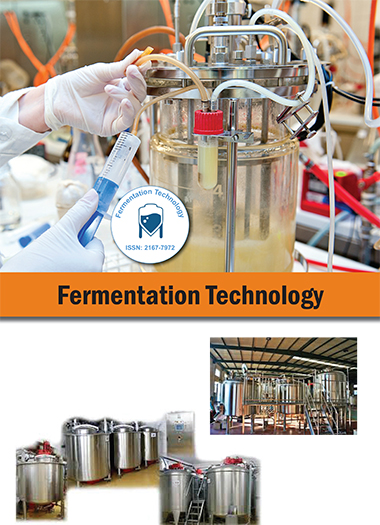குறியிடப்பட்டது
- ஜெ கேட் திறக்கவும்
- ஜெனமிக்ஸ் ஜர்னல்சீக்
- விவசாயத்தில் உலகளாவிய ஆன்லைன் ஆராய்ச்சிக்கான அணுகல் (AGORA)
- RefSeek
- ஹம்டார்ட் பல்கலைக்கழகம்
- EBSCO AZ
- OCLC- WorldCat
- பப்ளான்கள்
பயனுள்ள இணைப்புகள்
இந்தப் பக்கத்தைப் பகிரவும்
ஜர்னல் ஃப்ளையர்

அணுகல் இதழ்களைத் திறக்கவும்
- உணவு மற்றும் ஊட்டச்சத்து
- உயிர்வேதியியல்
- கால்நடை அறிவியல்
- சுற்றுச்சூழல் அறிவியல்
- நரம்பியல் & உளவியல்
- நர்சிங் & ஹெல்த் கேர்
- நோயெதிர்ப்பு மற்றும் நுண்ணுயிரியல்
- பயோ இன்ஃபர்மேடிக்ஸ் & சிஸ்டம்ஸ் பயாலஜி
- பொது அறிவியல்
- பொருள் அறிவியல்
- பொறியியல்
- மரபியல் & மூலக்கூறு உயிரியல்
- மருத்துவ அறிவியல்
- மருத்துவ அறிவியல்
- மருந்து அறிவியல்
- வணிக மேலாண்மை
- விவசாயம் மற்றும் மீன் வளர்ப்பு
- வேதியியல்
சுருக்கம்
Production of β-(1,3)-glucanases by Trichoderma harzianum Rifai: Optimization and Application to Produce Gluco-oligosaccharides from Paramylon and Pustulan
Ellen C. Giese, Robert F. H. Dekker, Aneli M. Barbosa, Maria de Lourdes Corradi da Silva and Roberto da Silva
β-(1→3)-Glucanases were produced by Trichoderma harzianum Rifai PAMB-86 cultivated on botryosphaeran in a bench-fermenter and optimised by the response surface method. Maximal enzyme titres occurred at 5 days, initial pH 5.5 and aeration of 1.5vvm. β-(1→3)-The β-glucanolytic enzyme complex produced by T. harzianum Rifai PAMB- 86 was fractionated by gel filtration into 2 fractions (F-I, F-II), and employed to produce gluco-oligosaccharides from algal paramylon ((1→3)-β-D-glucan) and lichen pustulan ((1→6)-β-D-glucan). Both enzymes attacked paramylon to the extent of ~15-20% in 30 min releasing glucose and laminaribiose as major end-products, and laminari- oligosaccharides of degree of polymerization (DP) ≥ 3. Only F-I degraded pustulan resulting in ~2% degradation at 30 min, with glucose, gentiobiose and gentio-oligosaccharides of DP ≥ 4 as major products. The difference in the nature of the hydrolysis products can be explained by the substrate specificities of each enzyme fraction, and the structural differences of the β-D-glucans attacked.